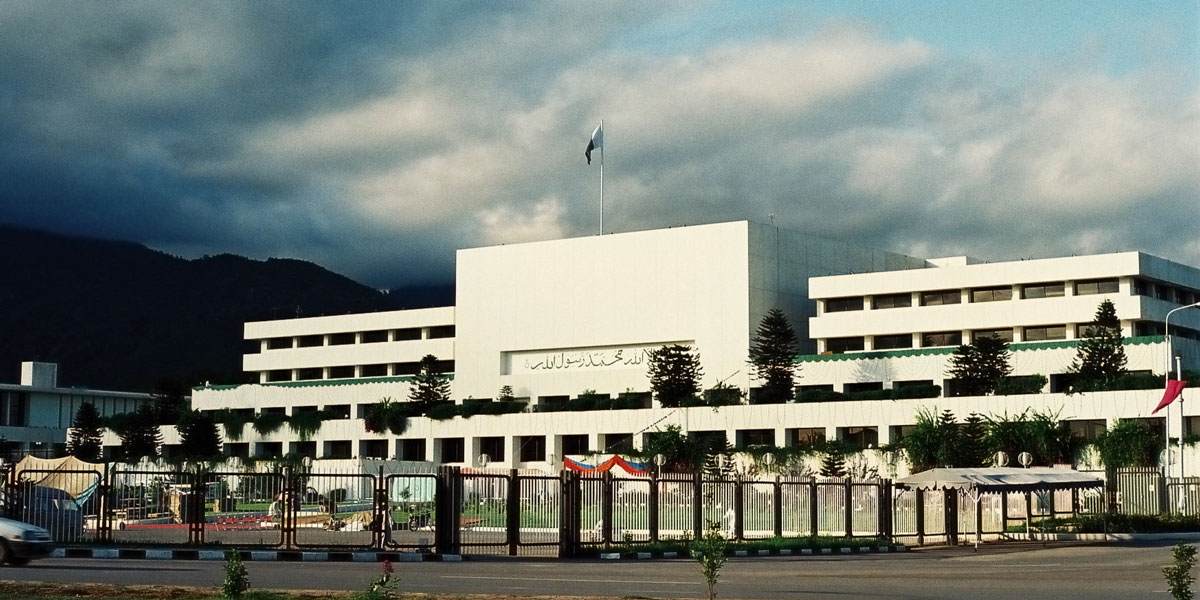The World Trade Organization (WTO) is conducting a trade policy review of Pakistan on 24 and 26 March 2015. The report issued in connection with the review notes that Pakistan’s economy has shown resilience and that real GDP growth averaged 3.2% in the period under review, with growth in 2014/15 estimated to be above 4%. The remaining challenges include a weak fiscal position and a lack of investment.
Tax revenue as a proportion of GDP has declined to less than 10%. This is one of the lowest ratios of tax to GDP in the world and is due to widespread tax evasion, the large number of tax exemptions and a tax base that is too narrow. There are many discretionary measures known as Statutory Regulatory Orders (SROs) that allow tax and tariff exemptions and reliefs to be given to vested interests and these also have the effect of decreasing the amount of tax collected.
Foreign direct investment (FDI) is permitted in many sectors of the economy apart from a few industries where it is not permitted for national security or safety reasons. FDI is also restricted in a few other sectors such as banking and media. The liberal FDI regime makes Pakistan attractive as a destination for foreign direct investment but FDI has not been increasing in recent years mainly owing to the security situation, energy shortages and the cost of doing business in Pakistan.
Pakistan’s Foreign Direct Investment Strategy 2013/17 provides for the introduction of improved facilitation procedures and project-focused FDI promotion. The strategy will focus on infrastructure and communications, manufacturing, energy, mining and exploration, construction and real estate, agriculture and the automotive sector. The Special Economic Zones are an important part of the investment strategy.
Customs tariffs
Pakistan has been making some small advances in trade liberalization with an average applied MFN tariff of 14.3% in 2014/15 which is down from 14.8% in 2008. The vast majority of the tariff lines are bound and the bound rate is 61.5%. The bound tariff is the maximum level to which the MFN tariff could rise on a given commodity. Other duties and charges are bound at zero but Pakistan still imposes regulatory import charges of 5% on 284 products, mostly in the agricultural sector. Sales tax is imposed on imports as well as customs duties.
Although Pakistan has been making efforts to modernize customs procedures, the high levels of tariffs are a barrier to efficient allocation of resources. The use of ad hoc trade policy instruments makes the trade regime less predictable. The WTO considers that the elimination of tariff and tax related SROs, which Pakistan intends to carry out by the end of 2015, will increase the transparency of the trade regime.













